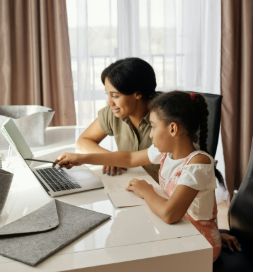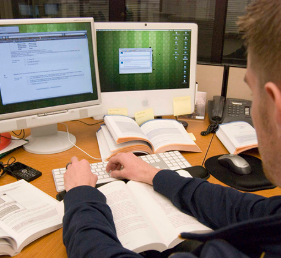Virtual classrooms offer a flexible and convenient way to learn, but just like physical classrooms, safety is important. Whether you’re a student, teacher, or parent, taking a few simple steps can help create a secure, respectful, and supportive online learning environment.
Here are some friendly tips to help keep virtual classrooms safe for everyone.
1. Use Secure Links and Passwords
Always use meeting links and passwords provided by your teacher or school. Avoid sharing these links publicly or with anyone outside the class. Teachers can enable waiting rooms and set permissions to control who joins the session.
2. Keep Personal Information Private
In a virtual classroom, it’s best to avoid sharing personal details like your full address, phone number, or private login credentials. Stick to using first names, school email accounts, and school-approved platforms.
3. Use School-Approved Tools
Whether it’s a video conferencing app or a learning platform, use the tools recommended by your school. These platforms are chosen for their safety features and reliability, and they usually have privacy settings already in place.
4. Be Aware of Your Surroundings
Choose a quiet, well-lit space for attending classes. Make sure your background is appropriate and free from distractions. If your platform allows, consider using a virtual background or blurring your surroundings to help protect your privacy.
5. Respect Classroom Etiquette
Just like in a physical classroom, it’s important to be respectful. Avoid interrupting, use polite language, and follow your teacher’s rules for participation. If you’re not speaking, keeping your microphone muted helps reduce background noise.
6. Report Anything Unusual
If something happens in the virtual classroom that feels uncomfortable or inappropriate—such as an unknown person entering the meeting or someone behaving in a disruptive way—let your teacher or school know immediately.
7. Keep Software Updated
Keeping your devices and apps up to date helps prevent security issues. Make sure your computer, browser, and learning platforms are running the latest versions with all the newest safety features.
8. Practice Good Digital Citizenship
Be kind, inclusive, and supportive during online discussions. Think before you type or speak, and treat others the way you’d like to be treated. A positive virtual classroom starts with respectful behavior.
Final Thoughts
Staying safe in a virtual classroom doesn’t have to be complicated. With a few thoughtful habits and good communication, students and teachers can enjoy a secure and welcoming online learning space. By working together and following these tips, virtual classrooms can be just as safe and respectful as any in-person class.
If you’d like a version of this article for younger students or a printable checklist for classroom use, feel free to ask!





